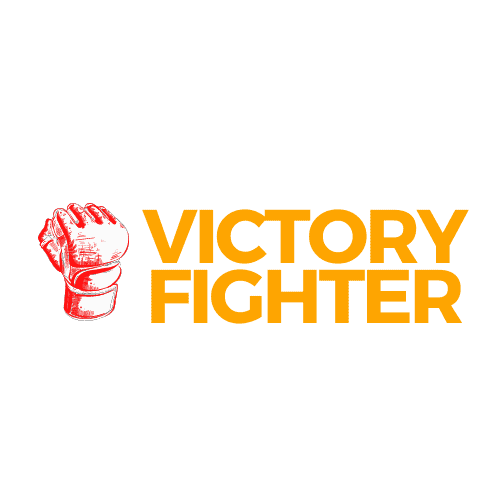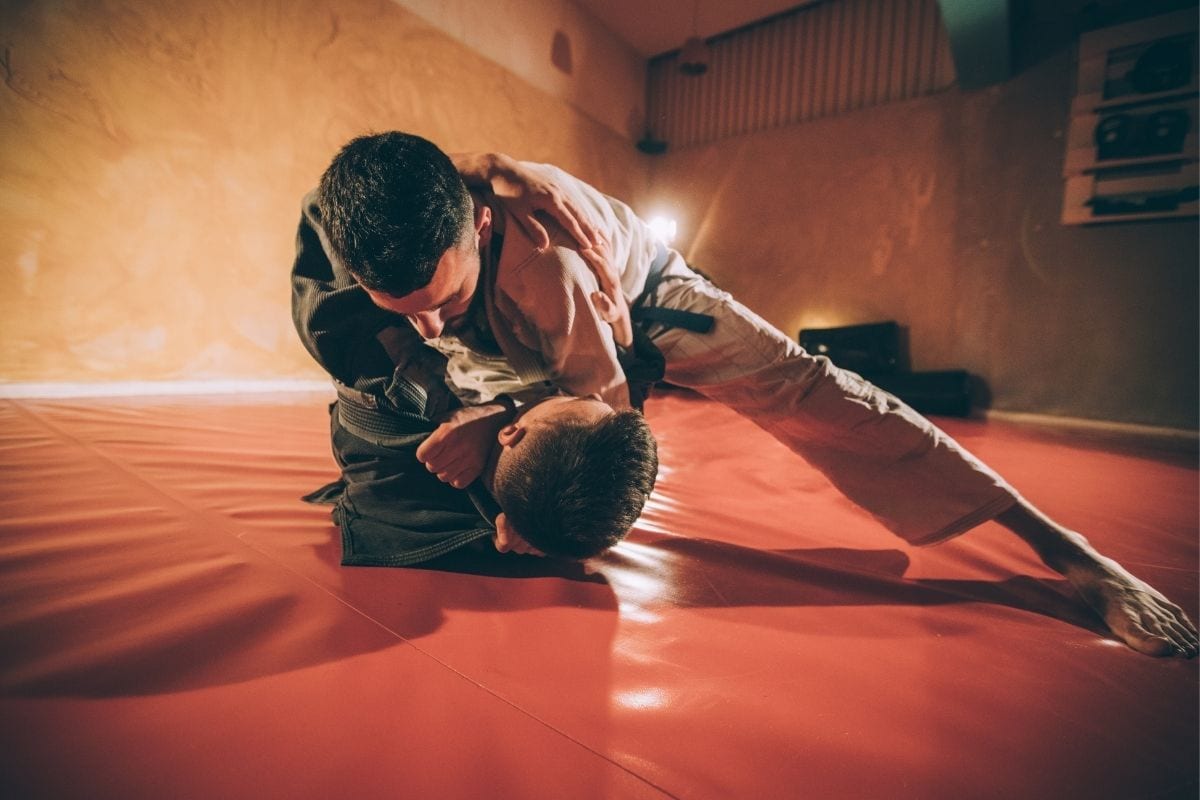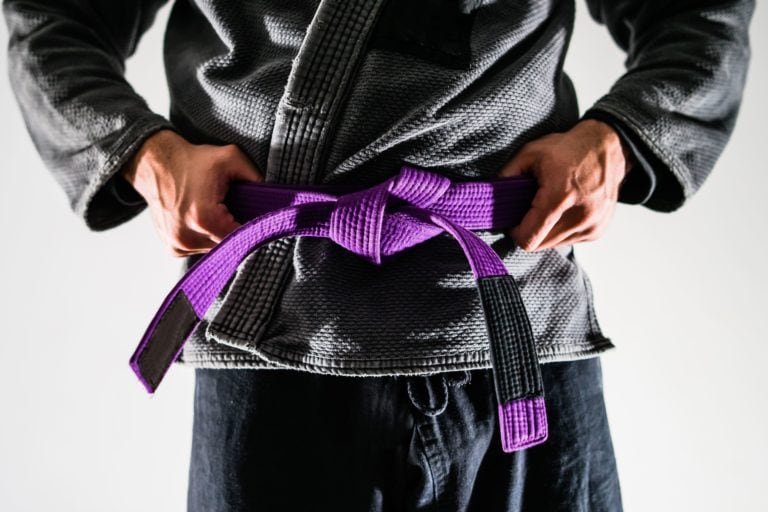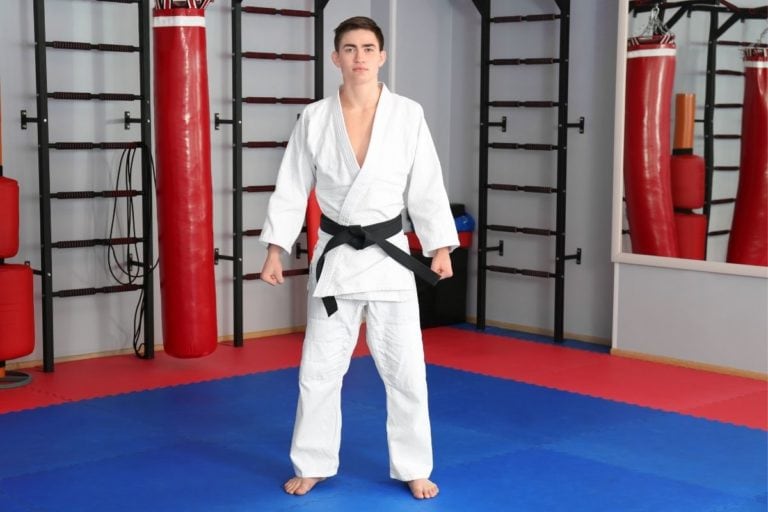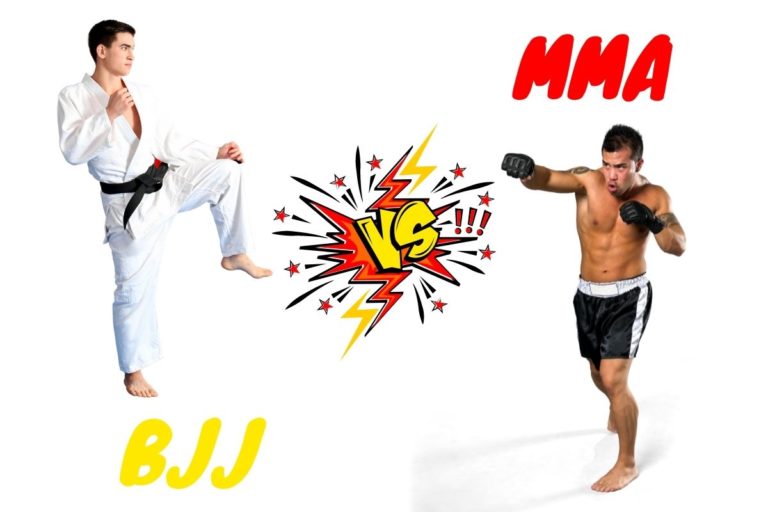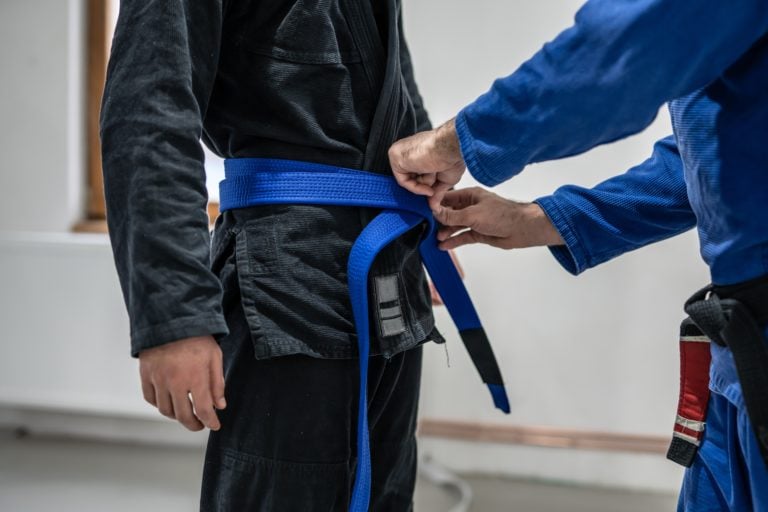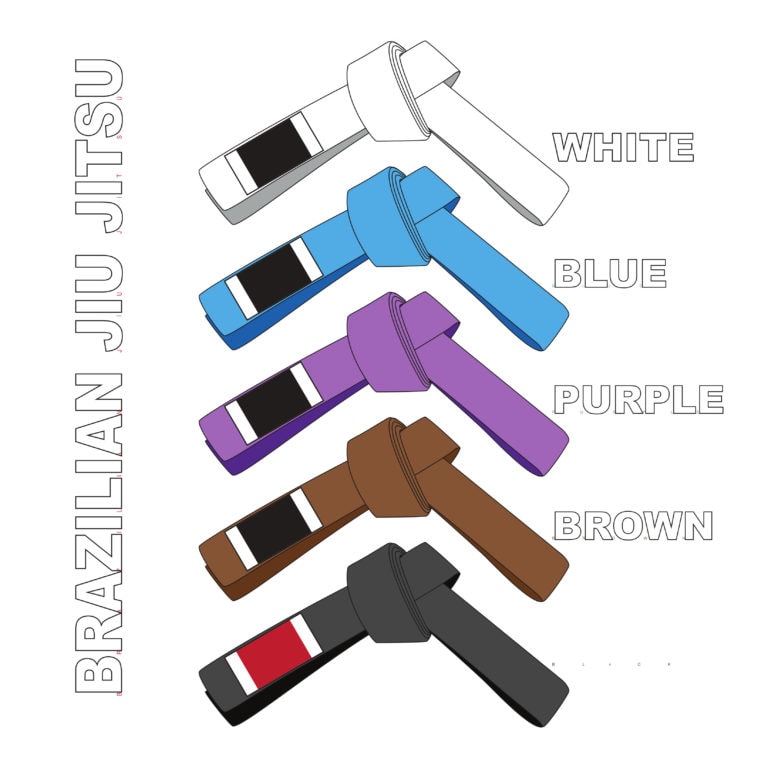How to Get Better at BJJ
Most people who take up Brazilian Jiu Jitsu are anxious to make the fastest possible progress; therefore, how exactly does a practitioner get better at BJJ is one of the most common question that come up regarding the sport.
The basic route to making progress in BJJ consists of a learning, consistency, focus and applying techniques. Showing up to train consistently is the easiest answer to the aforementioned question. However, this response is unsatisfactory because it offers no suggestions on how to improve more effectively.
When acquiring challenging skills, you will commonly feel like you’ve reached a stage where your progress has slowed and you don’t feel like you’re making any technical progress, the same goes for BJJ. Therefore, stick around until the end of the article to find out how to get better at BJJ very fast.
Getting Better at BJJ
One great advantage of BJJ is that no great athleticism or strength is required to attain a high level of proficiency, though it is always to your advantage to work hard on your conditioning and strength training. Therefore, no extraordinary flexibility or strength are required to perform techniques well.
The key to making technical progress consists of a consistent training regimen based upon three main elements:
- Learning the techniques and strategy of Brazilian Jiu Jitsu
- The use of drills to practice those techniques and strategies until the technique can be performed flawlessly on an unresisting partner.
- Applying the techniques and strategy on a resiting partner in live sparring.
By incorporating these three key elements of training progress can be made very quickly. As soon as you learn a given technique and try to apply it on your opponent, he will try to counter you. If the technique is unknown to your opponent and you apply it well, chances are that he will not be able to counter you.
Eventually, he will learn to resist you successfully. In order to keep ahead, you must learn new techniques, or new combinations of old techniques, some kind of innovation or expansion of your grappling arsenal is needed. You can see the pattern that is emering here.
As your opponents learn to counter your moves, new ones become necessary in order to retain whatever advantage you have. For example, as a beginning blue belt, you might have one takedown that you know and apply well. With time, however, your training partner will learn to counter it.
In order to be able to keep taking him down, you must learn new ways to apply the takedown or learn a whole new takedown. Should he learn to counter your new technique, then you must progress again.
The deeper poing that is beginning to emerge here is this: You are only as good as your training partners make you. If your training partners are incompetent, there will be no pressure on you to improve your technique.
This fact reinforces the importance of training at a good school so as to have a quality training partners. Your progress through the belts is largely dependent upon them and the tough competition they provide. The technical progress you make is contingent upon the quality of your training partners.
How Many Techniques?
Now we come to the thorny question of how many (and what) techniques are necessary to make ‘’good’’ progress. This question is impossible to answer in any great detail. The most we can hope for is a rough guide.
Some very good fighters have a surprisingly low number of techniques. They make up for it with an excellent sense of when to apply them and how to do so in any situation. One point is clear: When you watch a BJJ fighter in action, even at higher levels, it quickly becomes obvious that the actual number of moves he regularly employs while sparring is lower than the number of moves he knows in theory.
The importance of this point should not be overlooked. It is not so crucial to know a vast number moves as to know in depth several moves for each position. Moreover, a practitioner should be able to combine moves to confuse his opponet and keep his innovative edge.
What is needed for that is not an encyclopedia of moves so much as a short but complete guide to how to successfully carry out the strategy of taking your opponent to the ground and getting a good enough position to finish the fight.
How to Encourage Technical Progress
Most of the sparring training in BJJ consists of both combatants starting on their knees and then commencing to grapple. Each tries to gaing some kind of positional advantage from where they can attempt to force their opponent to submit. This is an excellent manner in which to train.
It develops great skill and confidence in applying the techniques that you have learned in a ‘’live’’ clash. One problem, however, is that you can quickly develop a predictable ‘’pattern’’ to your training. Most people discover that some moves and positions suit them better than others.
For example, big people tend to be able to force their way into a top position. Small, flexible people tend to spend most of their time underneath their opponents in the guard position. Consequently most people find a ‘’comfort zone’’. They stick to a small set of ‘’tried-and-true’’ moves and positions.
Staying in such a comfort zone can, in the long run, inhibit technical progress and have a limiting effect on your training. There is nothing wrong with having favorite positions and moves. However, to make technical progress you will need to move out of the comfort zone and incorporate new moves.
You can try placing yourself in positions you do not normally enter into or like and force yourself to defend and work your way out of them. Try picking a small set of submissions that you rarely use and only allow yourself to employ them until you become good at them, thus widening your arsenal.
Force yourself to practice escapes by letting your partner start mounted on you. In this way, you will be exposed to a much wider array of grappling situations, forcing you to expand your technical base to deal with them.
The Crucial Importance of Fundamentals
There is often a tendency for students to accumulate as many techniques as possible in the shortest time. Often there is an assumption that there is a great tactical advantage in knowing a greater number of moves than opponents.
Some students show a distinct preference for the more spectacular moves, hoping that these will lead to success. There are natural enough sentiments. However, it cannot be emphasized strongly enough that the key to success is mastery of the fundamentals, this is true at any level of BJJ.
To say that a technique is fundamental is not to say that it is simple. Students soon learn that there is no technique that is simple per se. The degree of difficulty of a given technique is largely a reflection of how good one’s opponet is.
Even the simplest moves are very difficult to perform upon a skilled opponent. Conversely, ‘’difficult’’ moves seem easy against a beginner. Champion BJJ fighters are those who pay great attention to the fundamentals of the sport. This is true even of unortodox champions. Underneath their unique game plan you will invariably find strict observance of fundamental concepts.
How to Conduct Yourself in Training
While key element in the success of grapplers in real fights is their exposure to the pressure of constantly subduing and defeating a live opponent in training, this does not mean that training should consist of all-out grudge matches in which the sole aim is to submit your opponent.
The spirit in which you approach training is crucial to your progress. Rather than you focusing only upon defeating the person in front of you, try hard to apply technique in a skillful, relaxed manner. If raw power and strength is the only only means by which you prevail, something is wrong.
If you are strong, try hard to resist the temptation to rely upon your strength. Aim to utilize the technique in the most precise manner possible. Do not stick with the same moves. Rather, try to use new ones, even if it means failing in the beginning.
Training is a time for experimentation and learning, not win-at-all-costs. Let yourself be put in disadvantageous positions so that you can familiarize yourself with them and work on your ability to escape. Operate with a feeling of finesse rather than brute power.
Conclusion
Getting better at BJJ is no simple task, it requires consistency and dedication to the craft. At times, it can seem impossible; however, the important thing to remember is that sometimes you are the nail and sometimes your are the hammer. In other words, sometimes you will dominate and be dominated at other times.
It is important not to compare yourself to others and focus on your progress that will undoubtebly come over time through applying the tips mentioned in this article.
